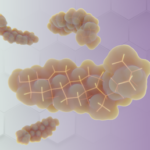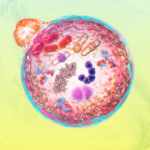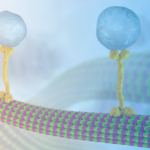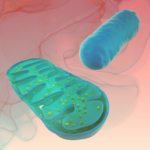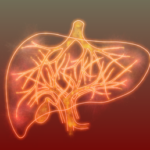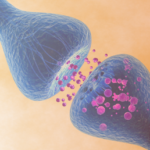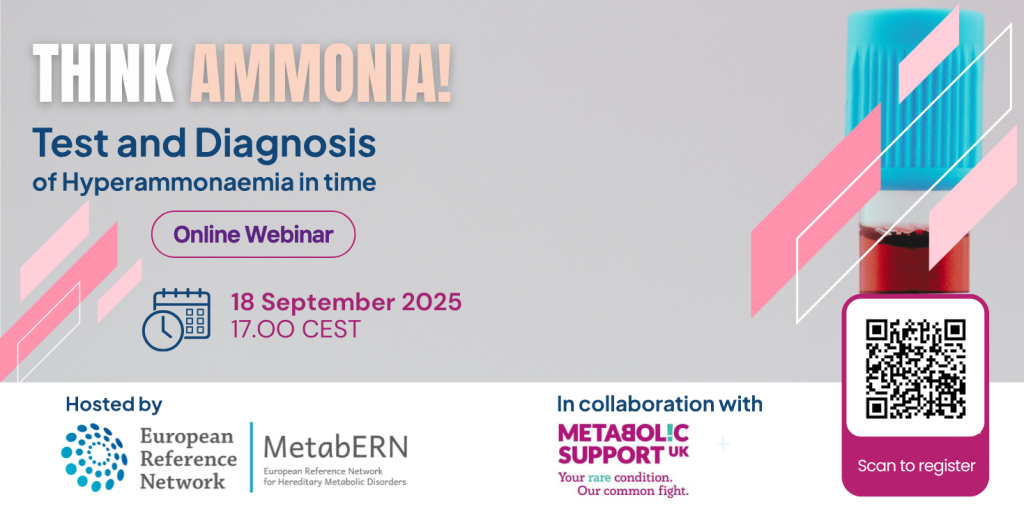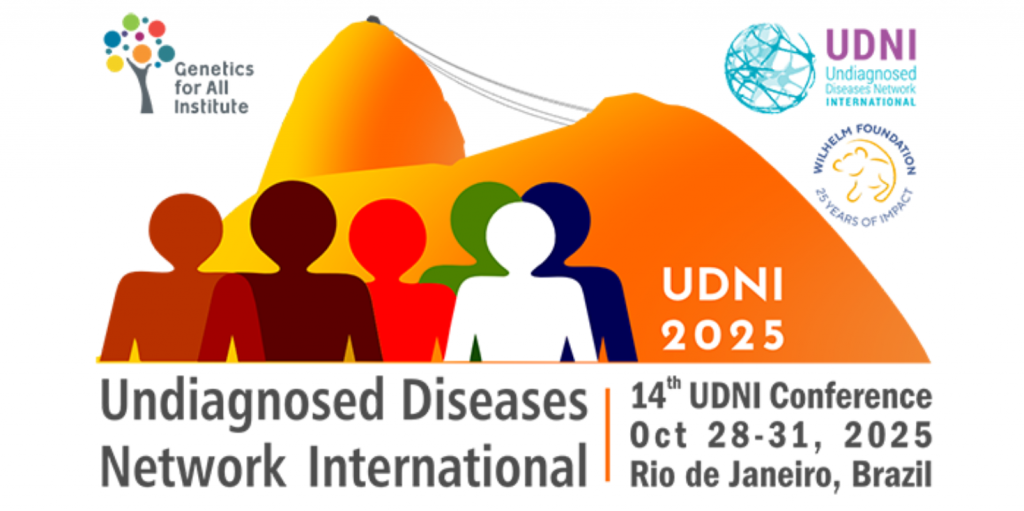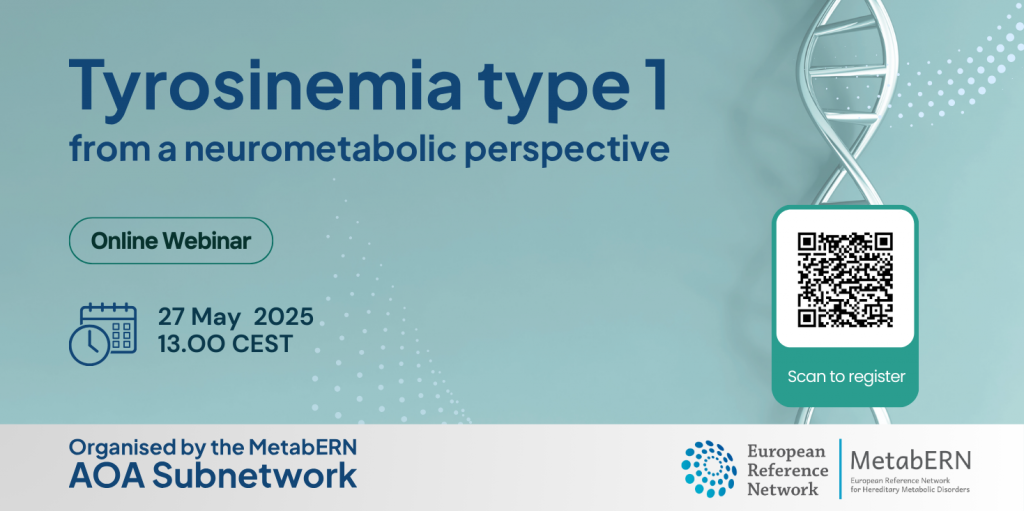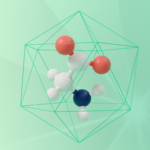
Aminoacid and organic acids related disorders
Amino and organic acid disorders are the oldest group of inborn errors of metabolism (IEM). Amino acid and organic acid profiling are essential diagnostic tools for identifying these disorders. Amino acid analysis is widely used, while organic acid profiling is typically limited to specialised hospitals or laboratories. Some of these diseases can be detected through newborn screenings, allowing for early intervention that can prevent serious complications.
Diseases that affect enzymes or the transport of proteins involved in the catabolism of amino acids can result in the buildup of metabolites and intermediate substrates, leading to organic acidemias or acidurias. Some of these disorders are characterised by a peculiar smell or an unusual urine colour. Others, instead, present as severe intoxication disorders that can quickly lead to a coma.
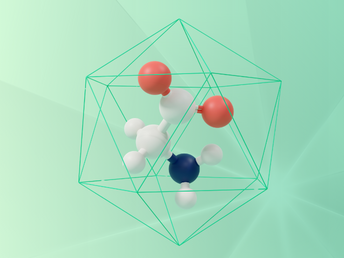

Dietary therapy, often requiring protein restriction, is necessary to manage these disorders, but not all patients are able to remain compliant to it during adolescence and adulthood. In some cases, supplementing with specific vitamins can avoid the need for a strict diet, while enzyme inhibitors may be utilised in other instances. Large differences, however, do exist within EU countries regarding available diet therapies and treatment options for these disorders.

Objectives
The Aminoacid and organic acid subnetwork within MetabERN aims to:
- gain an overview of patients with aminoacid and organic acid diseases in the EU (e.g. which diseases, how many patients, clinical outcome, etc.).
- promote awareness towards aminoacid and organic acid diseases in the EU.
- facilitate the more rapid diagnosis of aminoacid and organic acid diseases in the EU as often a significant diagnostic delay is still present.
- improve and standardize management of aminoacid and organic acid diseases in the EU.
- improve prospects of patients with aminoacid and organic acid disease in the EU by initiating and contributing to research and implementation of innovative therapies.
Organizational structure
The Aminoacid and organic acid subnetwork will consist of participating HCPs within the MetabERN with expertise in the field of aminoacid and organic acid disorders and will build on or seek collaboration with existing international collaborations and networks of HCPs in the field of aminoacid and organic acid disorders. Working groups will be formed to address different important topics within the field of aminoacid and organic acid diseases.
These include:
- Prevention & Screening for aminoacid and organic acid disorders (including newborn screening).
- Diagnosis of (new) aminoacid and organic acid disorders (including identification of biomarkers).
- Management of aminoacid and organic acid disorders (development of clinical guidelines & care paths).
- Epidemiology & Outcome (participation in existing and development of new registries).
- Education and Training (development of E-learning tools, work-shops and courses).
- Virtual Counselling (for specific diseases at different HCPs with specific expertise).
- Patient Empowerment (organization of patient meetings and interaction with patient organizations).
- Research (fundamental, translational, clinical).
The executive board of the Aminoacid and organic acid subnetwork will be formed by the chairpersons of the working groups. An advisory board (with members of patients organizations, policymakers, etc) will be appointed to monitor the different activities of the Aminoacid and organic acid subnetwork.
